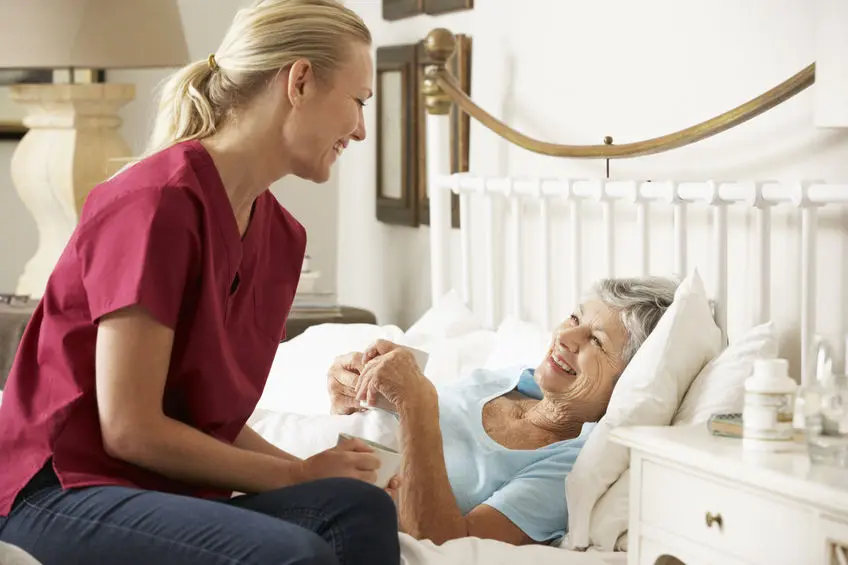
For seniors and individuals with mobility limitations, getting in and out of bed can be a daunting and potentially risky task. This is where bed mobility aids come in, offering a variety of solutions to promote independence and safety in daily routines. This article delves into the world of bed mobility aids, exploring five common types, including the ever-beneficial bed assist chair, to empower individuals with the tools they need for a more manageable daily life.
1. Bed Assist Chair: The All-in-One Solution
As discussed previously, bed assist chairs are a unique combination of a transfer bench and a comfortable chair. They offer a comprehensive solution for those with mobility challenges:
- Enhanced Stability and Safety: The wider base and sturdy design minimize fall risks during transfers.
- Dual Functionality: The chair allows for comfortable dressing and undressing while seated, eliminating awkward balancing on the bed’s edge.
- Rotational Ability (often included): This feature simplifies dressing and undressing by allowing users to turn easily from a seated position.
- Comfort Focus: Padded seats, backrests, and armrests ensure a more pleasant experience compared to a standard transfer bench.
2. Transfer Benches:
Transfer benches provide a stable platform for individuals to sit while transitioning between bed and a wheelchair or vice versa. They are often a more affordable option compared to bed assist chairs:
- Simpler Design: Transfer benches are typically lightweight and have a basic design focused on facilitating transfers.
- Space-Saving: Their compact size allows for easier storage when not in use.
- Safety Features: Look for benches with grab bars for added support during transfers.
3. Bed Rails and Grab Bars:
Bed rails and grab bars offer added support for entering and exiting the bed:
- Bed Rails: These attach to the sides of the bed and provide something sturdy to hold onto while getting in and out.
- Grab Bars: Installed strategically near the bed (often on the wall), grab bars offer additional support and stability.
4. Mattress Elevators:
Mattress elevators can be a valuable tool for individuals who find it difficult to get into a sitting position from a low bed:
- Height Adjustment: These devices raise the entire mattress platform to a more comfortable height, making it easier to sit up and swing legs over the side of the bed.
- Improved Positioning: The elevated position can also be helpful for those with breathing difficulties or acid reflux.
5. Standing Aids:
Standing aids, while not specifically designed for bed mobility, can be helpful for individuals who have difficulty transitioning from a seated position on the edge of the bed to a standing position:
- Support and Leverage: These devices provide support and leverage, allowing individuals to safely stand upright from a seated position.
- Transfer Assistance: Some standing aids can also be used to assist with transfers from the bed to a wheelchair or walker.
Choosing the Right Bed Mobility Aid:
The best bed mobility aid depends on the individual’s specific needs and limitations. Here are some factors to consider when making your selection:
- Level of Mobility: Consider the user’s ability to transfer weight and maintain balance.
- Bed Height: The height of the bed will influence the type of aid needed (e.g., transfer bench vs. mattress elevator).
- Personal Preferences: Comfort and ease of use are important factors. Choose an aid that the user feels comfortable and confident using.
- Lifestyle Needs: Portability and storage space might be considerations depending on the living situation.
Conclusion
Bed mobility aids empower individuals with limited mobility to navigate daily tasks with greater independence and safety. From the comprehensive functionality of bed assist chairs to the targeted support offered by transfer benches and grab bars, there’s a solution to fit various needs. By understanding the different types of bed mobility aids available and carefully considering individual requirements, we can create a safer and more manageable environment for those who need it most. Remember to consult with a healthcare professional or occupational therapist to determine the most suitable bed mobility aids and strategies for promoting optimal independence and safety.























